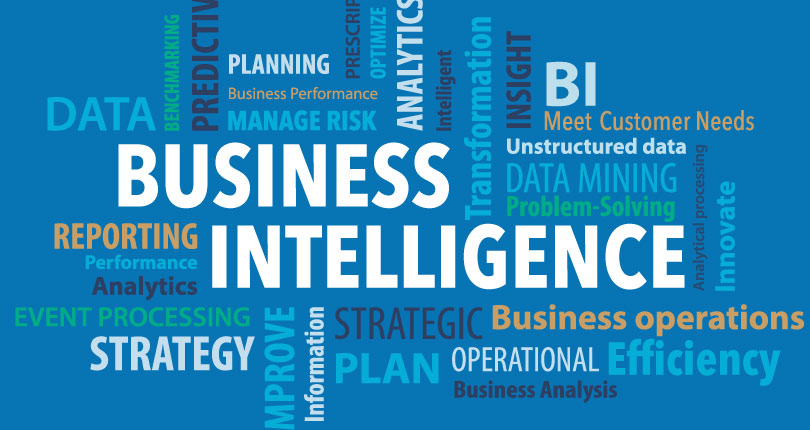


The gathered results can be queried to determine if a new course of action is needed, such as a service inspection of the equipment. For example, if a factory manager has an application installed on their computer to monitor the equipment on an assembly line, data from a slowdown in production could be collected and processed through HANA.

Machine learning can be used to automatically call attention to such variances. Unexpected differences can crop up most anywhere in the process of conducting business it might be an excess product order that seems odd for a particular customer or machinery at a factory that starts to run slower than it should. At a conference hosted by SAP in 2015, then-CIO Karenann Terrell described why Walmart chose to use HANA in order to operate faster and control back office costs by consolidating the processes and resources needed to handle the work. Walmart, for example, has been using HANA to process its high volume of transaction records (the company operates more than 11,000 stores) within seconds. If your sales staff uses company smartphones or tablets in the field to record purchase orders, data from those transactions can be analyzed and understood by HANA to spot trends and irregularities. HANA takes in information gathered from access points across the business-including mobile and desktop computers, financial transactions, sensors, and equipment at production plants. The platform can be installed to run on-premise through a company’s servers, or via the cloud. In short, it replicates and ingests structured data, such as sales transactions or customer information, from relational databases, apps, and other sources. HANA is SAP’s cloud platform that companies use to manage databases of information they have collected. Brief overview of the product or serviceīased on our past interviews with executives and investors in the field, we predict that business intelligence applications will be one of the fastest growing areas for leveraging AI technology over the next five to 10 years.īusiness Intelligence Apps Built on Machine Learning SAP – AI for Turning Databases into Useful Intel.In this guide, we provide six examples of AI platform providers.
Business intelligence applications for data analysis software#
Major vendors- including General Electric, SAP, and Siemens-offer such software suites and operating systems, but there are a growing number of emerging providers in the market as well. That is the simplest way to describe it.” Organizing data collection and testing an algorithm with this data for accuracy over the first few months are is where many businesses get stuck.īut as AI has gained momentum, prominent application providers have gone beyond creating traditional software to developing more holistic platforms and solutions that better automate business intelligence and analytics processes. It’s not a simple process for companies to incorporate machine learning into their existing business intelligence systems, though Skymind CEO and past Emerj podcast guest Chris Nicholson advises that it doesn’t have to be daunting. Companies can now use machines algorithms to identify trends and insights in vast reams of data and make faster decisions that potentially position them to be competitive in real-time. What was once the realm of science fiction, AI in business intelligence is evolving into everyday business as we know it. Enterprise seems to be entering a new era ruled by data.


 0 kommentar(er)
0 kommentar(er)
